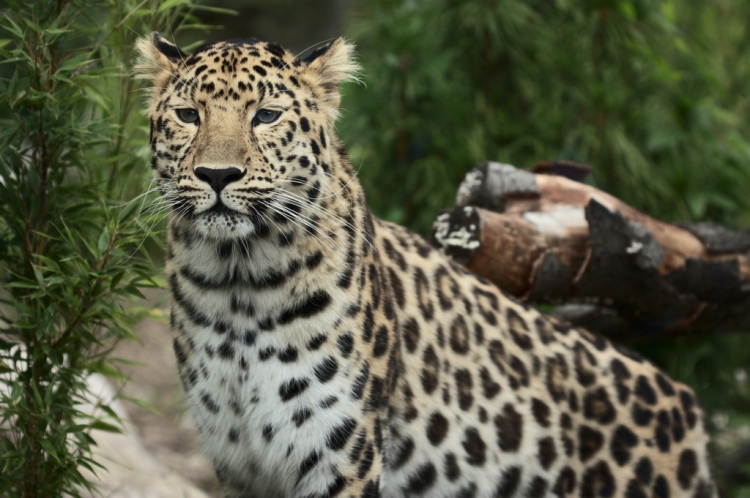
The Amur leopard (Pathera pardus ssp. orientalis) may be the most endangered big cat in the world. As recently as 2007 no more than 30 of these rare felids were thought to inhabit the Russian Far East (Jackson & Nowell, 2008). Now there may be as many as 80.
Conservation successes such as this are rarely the result of a single intervention. However, a government-backed insurance scheme has played an important role in the Amur leopard’s recovery. When one of these cats kills domestic livestock, ranchers are eligible to be compensated for their loss. But they will only be reimbursed if they refrain from killing the leopard. It is hard to overstate how important this is.
There are many programs which compensate livestock owners for damage cause by predators. But these initiatives, which fall under the category of Payments to Encourage Co-existence (PEC), do not always succeed (Macdonald, Boitani, Dinerstein, Fritz, & Wrangham, 2013). Factors that get in the way include insufficient payments, administrative red-tape, and a lack of conditionality. The latter failing occurs when payments are not directly tied to pro-conservation behavior (St. John, Keane, & Milner-Gulland, 2013). The Amur leopard insurance program is conditional, because only those ranchers who do not kill the cats will be reimbursed for their losses. Another key aspect of this scheme is that it has strong governmental support.
It will be interesting to see how this insurance program evolves. As Amur leopard numbers continue to rise, livestock depredation might become more common. This might weaken livestock owners’ tolerance for the cats, as well as make the scheme more expensive to maintain. Environmentally sensitive measures of livestock protection may have to be employed, such as the use of livestock guarding dogs.
I’ve never heard of a program like this. Sounds like something that could be successful at least until the population of the Amur Leopard is increased to a level that would be stable but not so harmful to livestock. Dogs sound like an interesting idea.
LikeLiked by 1 person
There are lots of compensation programs for livestock that are damaged by large predators, but many of them don’t work. The Amur leopard scheme seems to be more successful than most, probably because it’s more well run. Yes, if livestock depredation becomes a more serious problem as Amur leopard populations increase they’ll likely have to address that. I suggested the dogs because that’s one of the best ways to protect livestock without seriously harming the populations of large predators. Of course whatever solution they decide on needs to have the support of the ranchers themselves.
LikeLiked by 1 person
Good news!
LikeLiked by 1 person
Indeed!
LikeLike
Sounds like a bit of good news, lets just hope the trend continues :-)
LikeLiked by 1 person
For sure!
LikeLiked by 1 person
Do those tigers and leopards know that human kind do actually care about them and spend efforts to keep them alive? At least they should receive some love vibes, right?
LikeLiked by 1 person
I think those tigers and leopards mostly view us as sources of threat. For thousands of years we’ve been their chief predators, so I’m guessing they mostly experience fear in our presence. I have no idea if they know that some people are going through great effort to keep them alive, but they probably don’t. But that’s okay. Tigers and leopards give us enough just by existing.
LikeLiked by 2 people